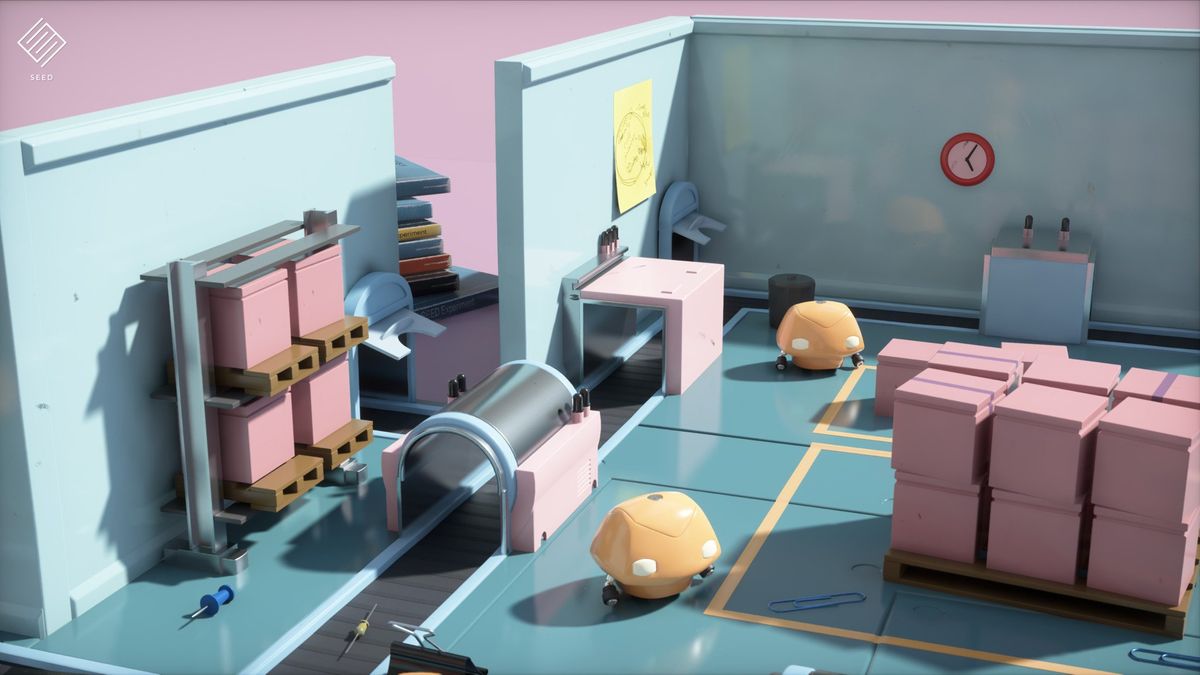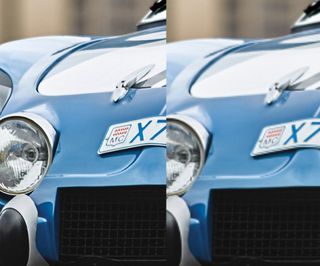Microsoft wants to give game developers a boost with machine learning, DirectX Raytracing
Microsoft helped kick off 2018's Game Developers Conference with a look at how developers can use WindowsML and DirectX to make better – and better looking – games.

As this year's Game Developers Conference (GDC) goes into full swing, Microsoft has detailed some of the tools it is working on to help developers build better games. A big part of that revolves around the Microsoft's efforts with machine learning and how it envisions WindowsML, introduced last week, can play a role in game development. However, Microsoft also gave developers a taste of a new DirectX Raytracing, a new feature of the DirectX API that stands to make games look more realistic.
In terms of machine learning, Microsoft's overview is an aspirational look at how developers will be able to leverage deep neural networks (DNN) to enhance their games. One idea Microsoft envisions for games is using machine learning to naturally adapt to a game to a player's gaming style. For example, a DNN could be used to understand your in-game habits and change things on the fly. "If you're someone who likes to find treasures in game but don't care to engage in combat, DNNs could prioritize and amplify those activities while reducing the amount or difficulty of battles," Microsoft says. "When games can learn and transform along with the players, there is an opportunity to maximize fun and make games better reflect their players."
Outside of gameplay, Microsoft is eyeing machine learning as a tool for improving the development process. Neural networks, the company says, can be leveraged to perform some of the more arduous parts of creating assets and graphics, leaving artists and developers free to focus other areas. This is already in use to some extent: Microsoft points out that the facial animation process that Remedy used with Quantum Break was trained to move characters' faces based on audio input alone. "They reported that this tooling generated facial movement that was 80% of the way done, giving artists time to focus on perfecting the last 20% of facial animation," Microsoft says. "The time and money that studios could save with more tools like these could get passed down to gamers in the form of earlier release dates, more beautiful games, or more content to play."
Visuals can even benefit from machine learning, the company argues. For example, aliasing around objects in games can be smoothed out by tapping into machine learning models to determine the best color for each pixel. This results in an image that is smoother and less jagged when viewed up close. You can see an example of this in the image below, which compares ML Super Sampling (left) to bilinear upsampling (right)

Finally, Microsoft used GDC 2018 to show off a new part of the DirectX API: DirectX Raytracing (DXR). Developers will be able to take advantage of DXR in DirectX 12 to bring real-time raytracing to their games, enhancing some aspects of visual quality today while paving the way for a full replacement of rasterization in the future. From Microsoft:
Today, we are introducing a feature to DirectX 12 that will bridge the gap between the rasterization techniques employed by games today, and the full 3D effects of tomorrow. This feature is DirectX Raytracing. By allowing traversal of a full 3D representation of the game world, DirectX Raytracing allows current rendering techniques such as SSR to naturally and efficiently fill the gaps left by rasterization, and opens the door to an entirely new class of techniques that have never been achieved in a real-time game.
For now, Microsoft says it expects DXR will be used to supplement some rendering techniques, such as space reflections or global illumination. However, DXR could eventually replace rasterization as the standard technique for rendering 3D scenes.
For the average gamer, all of this simply means better-looking games are coming down the pike. For developers, however, you can check out the full technical details at the DirectX blog for more.
Get the Windows Central Newsletter
All the latest news, reviews, and guides for Windows and Xbox diehards.
Dan Thorp-Lancaster is the former Editor-in-Chief of Windows Central. He began working with Windows Central, Android Central, and iMore as a news writer in 2014 and is obsessed with tech of all sorts. You can follow Dan on Twitter @DthorpL and Instagram @heyitsdtl.
